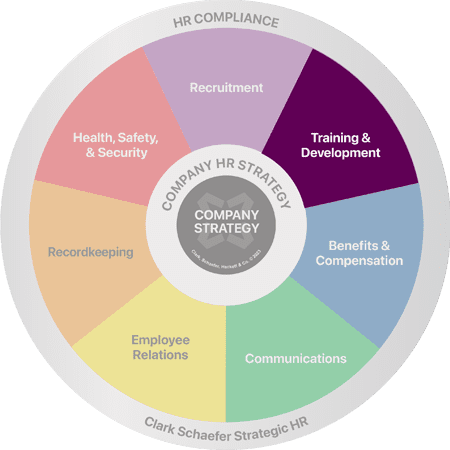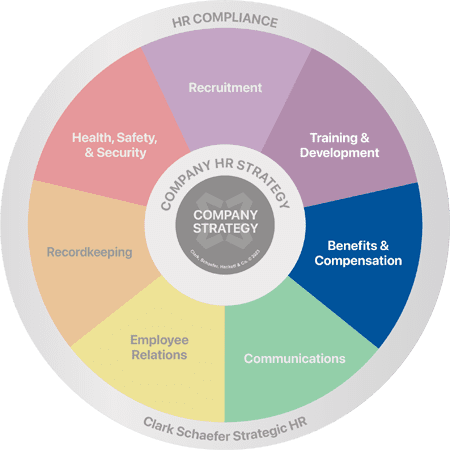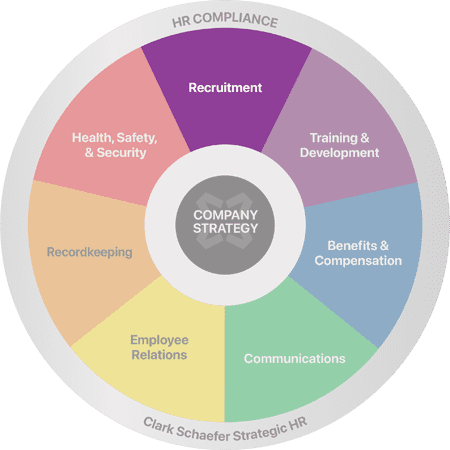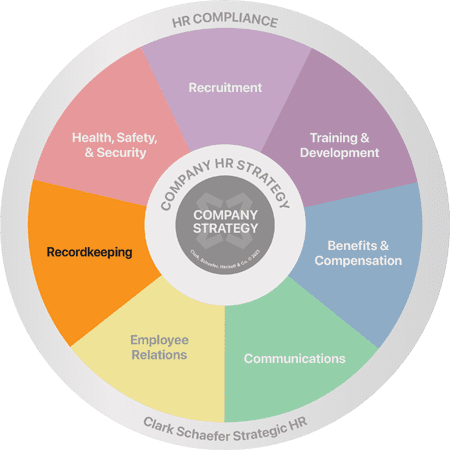How to Handle Unemployment Fraud?
Last Updated on June 26, 2025 / Employee Relations
HR Question:
Our company is getting unemployment notices for people that have never worked here, or in some cases, people who are still employed. How should I handle this unemployment fraud?
HR Answer:
The increasing level of unemployment fraud has been a source of frustration for states, employers, and individual employees. Various US congressional packages providing supplement unemployment relief have provided not only relief for the unemployed, but also an opportunity for criminals to seek ways to attempt to benefit. The US Department of Labor has reported “a surge in fraudulent unemployment claims filed by organized crime rings using stolen identities that were accessed or purchased from past data breaches.”
States that were already overwhelmed by the unexpectedly high levels of unemployment insurance (UI) claims are now having to pursue fraudulent claims to recover benefits that should not have been paid. Employers’ unemployment rates may increase as a result, and employees find themselves dealing with identity theft concerns.
In this article, we’ll share information and resources that employers and employees can use to understand who are the most likely victims and what to do should they suspect or fall victim to unemployment fraud.
What Can Employers Do?
There are some measures that employers can take to address unemployment fraud. HR professionals should be on alert to scrutinize any notices that they receive from state unemployment administrators to ensure their accuracy. If fraud is suspected, be sure to follow your state’s reporting instructions. Note that some states require both the employee and employer to file reports.
In addition, it’s important to inform your employees about the prevalence of identity theft and unemployment fraud scams that are occurring across the United States. As a proactive measure, consider sharing the information below regarding what employees can do to understand if they might be at risk for unemployment fraud and what to do if they become a victim.
What Can Employees Do?
Employees who have had a fraudulent unemployment claim filed in their name are recommended to refer to the Unemployment Insurance Fraud Consumer Protection Guide from the U.S. Department of Justice’s National Unemployment Insurance Fraud Task Force. This guide explains:
- Who might be more at risk of becoming a victim
- Signs that you might have been a victim of a crime
- Steps to take if you believe you’re an unemployment fraud victim
- How to protect yourself from becoming a victim
- Unemployment insurance fraud resources and links for each state
According to the UI Fraud Consumer Protection Guide, if a UI claim has been filed in your name that you did not file, you should:
- Report it to your state workforce agency immediately.
- If you’re currently working, notify your employer of the fraudulent claim as they may also need to file documentation.
- File a complaint using the National Center for Disaster Fraud form or by calling the Disaster Fraud Hotline at (866) 720-5721.
Additionally, employees are encouraged to go to annualcreditreport.com to ensure they have not been a victim of identity theft. Employees may also want to place a free one-year freeze on their credit by contacting any one of the three nationwide credit reporting bureaus listed below. When one bureau is notified, they must notify the other two.
- Equifax: 800-525-6285
- Experian: 888-397-3742
- TransUnion: 800-680-7289
Review Cybersecurity Practices
With the rise of unemployment fraud cases using information that was obtained from previous data breaches, it’s important that employers and employees implement good cybersecurity practices. This presents an opportune moment to review how your organization protects personally identifiable information (PII), such as name, address, birth date, social security number, etc. Do you encourage employees to create unique and strong passwords? Do you require two-factor authentication or alternate solutions to increase your cybersecurity? Whatever safety measures you have in place, we recommend that you continue to review them to ensure that you are covering all of the necessary areas and that your employees are following cybersecurity practices consistently.
Special thanks to Cathleen Snyder, SPHR, SHRM-SCP, and Melinda Canino for contributing to this edition of our HR Question of the Week.
Still have questions? Contact our HR experts! Give us a call at 513.697.9855 or email us at Info@strategicHRinc.com.









